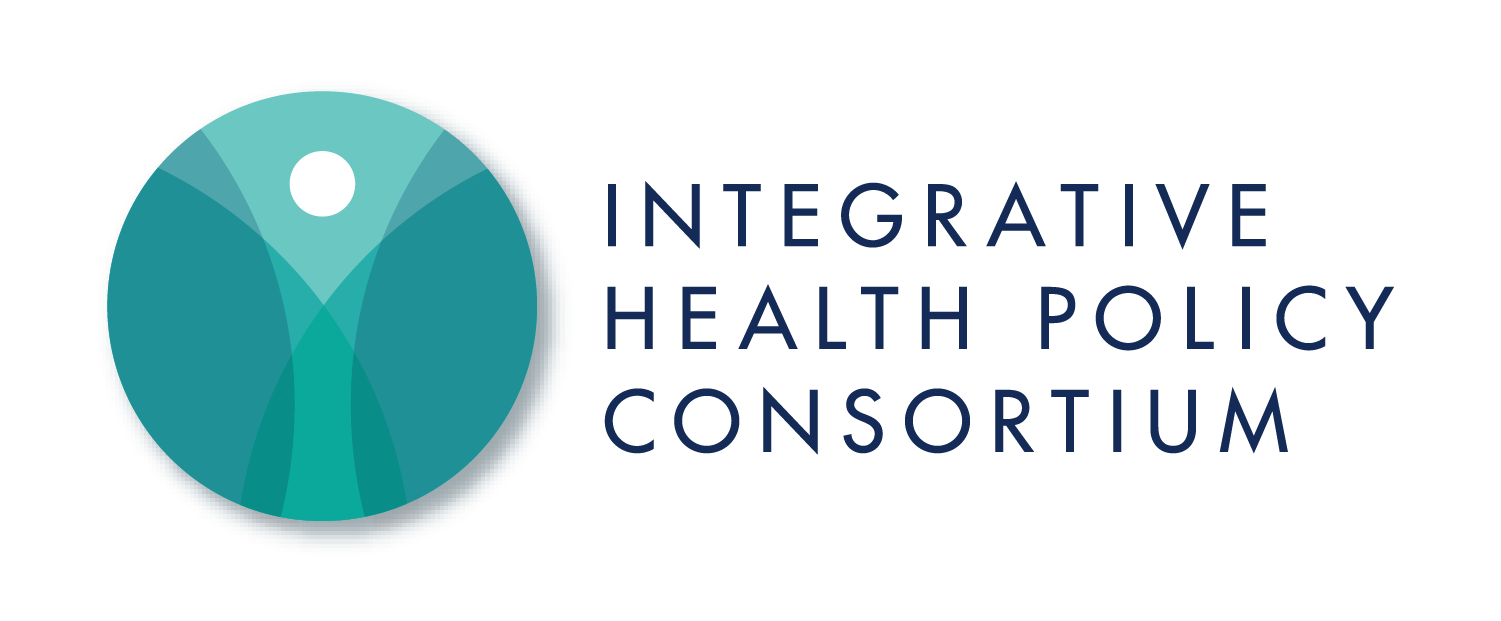News
Congress Passes Major Health Legislation
Inflation Reduction Act Before adjourning for its August district work period, Congress passed H.R. 5376, the Inflation Reduction Act, a sweeping package of legislation overhauling several federal climate, health, and
Learn moreIHPC Highlights FQHCs and Champions their efforts to Create Health Equity for a Growing Cross-cultural Segment of the U.S. population.
Federally Qualified Health Centers (FQHC’s) are a nationwide network of federal, state, and privately-funded community health centers that historically serve more than 28 million people, both uninsured or underinsured, providing
Learn moreCompassion, Integrity and Secular Ethics Take a Seat at the Policy Table
Dr. Gerald Clum, DC, Director of the Center for Compassion, Integrity and Secular Ethics at Life University made a generous gift to the Board of Directors of the Integrative Health
Learn more


